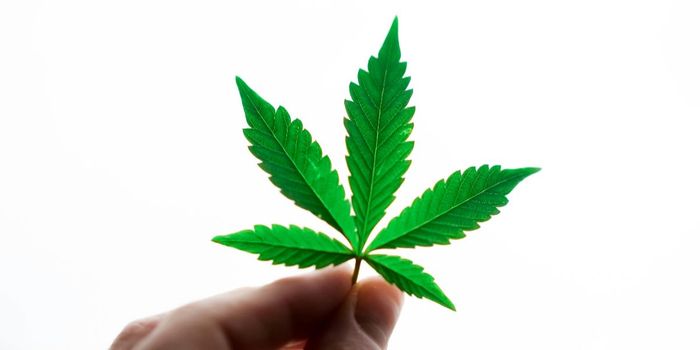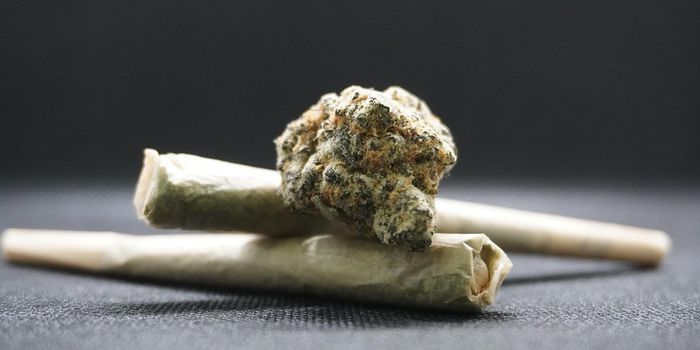Who Gets Cannabis Use Disorder? A Risk Prediction model Could Find Out
Along with the benefits of cannabis come some downsides. One of these is cannabis use disorder (CUD), which is predicted to increase as legalization of cannabis spreads.
Recognized as a defined mental health ailment by the American Psychiatric Association’s Diagnostic and Statistical Manual of Mental Disorders, cannabis use disorder is defined as taking cannabis in larger amounts, or over a longer period, than intended. Usually people want to cut down but find it almost impossible to do so. Consequently, those with CUD will spend a great deal of time in activities necessary to obtain cannabis, use the drug or recover from its effects.
A number of potential risk factors for the disorder have been put forward, and a genetic link established but in a new twist, mathematicians at the University of Texas, Dallas have built mathematical prediction models to predict the risk of cannabis use disorder for a user.
After experimenting with several statistical and machine learning models for classification, penalized logistic regression with LASSO was the data analysis method the researchers used. They chose LASSO because it allowed the ability to interpret the effects of risk factors quantitatively, a feature unavailable in the other methods.
The analysis was very much a pilot study as it looked at only 118 cannabis users. However, in the end, the final LASSO model predicted the CUD status with 66% accuracy — an impressive result. Higher risk of CUD was associated with younger age, lower level of enjoyment from initial smoking, higher score on impulsivity, greater cognitive instability, higher neuroticism (i.e. more prone to experience negative feelings), greater openness to new experiences, and lower conscientiousness.
Though complete data on more subjects would have provided higher power for identifying association, the researchers have proven a concept that prediction models could prove useful in pinpointing who might be vulnerable to cannabis use disorder in future.
As the researchers note: “Our findings may provide insights into future trends related to continued changes in cannabis legislation in the US”.
Sources: Science Direct, Psycom









